
Should I Use My LED Mask In The Morning Or Night ?
IN THIS ARTICLE:
- 1. What is the Best Time to Use an LED Mask?
- 2. What is LED Light Therapy?
- 3. Can I Use My LED Mask Right Before Bed?
- 4. When is the Best Time to Do Blue Light Therapy?
- 5. When is the Best Time to do Red Light Therapy?
- 6. Can I Use an LED Mask Twice a Day?
- 7. Can You Do Red Light Therapy Every Day?
- 8. Is LED Light Therapy Safe?
- 9. The Takeaway: When is the Best Time to do LED Light Therapy?
Key Takeaways:
- You can use an LED mask in either the morning or night.
- In the morning, it offers an energy boost and improved mood.
- At night, red light wavelengths promote relaxation and regulate hormone production to improve sleep.
- There is some evidence to suggest red light in the morning protects against the effects of UV light.
- It is advised to use blue light in the morning to prevent disrupting your sleep cycle.
1. What is the Best Time to Use an LED Mask?
Wondering when is the best time to use an LED mask according to science? There is no 'perfect' time to use an LED mask, but there is some interesting scientific research on the effects of using red light either in the morning or at night that you may want to consider before integrating your new device. The 'best time' to use an LED mask is a personal consideration, and creating a routine you can maintain is ultimately the most important thing.
When should you use your LED light therapy device? Is it more effective during the day, or should you avoid using it before bedtime? Does the time of day matter for blue light therapy, red light therapy, or infrared therapy?
2. What is LED Light Therapy?
LED light therapy is the application of certain light wavelengths to the skin to trigger biochemical responses and address a diverse range of skin concerns from acne and aging to hyperpigmentation and chronic skin conditions such as eczema, psoriasis, and dermatitis. One of the reasons LED light therapy has gained popularity is its versatility in addressing a wide range of skin concerns.
3. Can I Use My LED Mask Right Before Bed?
Yes, using an LED mask right before bed is a great way to promote relaxation and improve sleep quality. Red light therapy wavelengths promote the release of the 'sleepy' hormone melatonin, signally to the body it is time for rest.
4. When is the Best Time to Do Blue Light Therapy?
As blue light may have a stimulatory effect, it's best to schedule your blue light therapy session before 4 p.m. to minimize any potential disruption to melatonin production. Doing so helps ensure that your body’s natural circadian rhythm remains intact, which is important for maintaining healthy sleep patterns and overall sleep quality. According to the research, the best time to use your blue light therapy device is in the morning, just after you wake, to prevent disruptions to the circadian clock and regulate energy throughout the day.
5. When is the Best Time to do Red Light Therapy?
Unlike blue light therapy, there is no 'best' time to use a red light therapy mask, and doing treatments in either the morning or evening offers distinct health benefits.
1. The benefits of red light therapy in the morning include
- Boost energy levels and improve cognitive function for the day ahead
- Potentially protects from the harmful effects of UV light, the research here is still limited, it is still very important to apply daily SPF.
2. The benefits of red light therapy in the evening include
- Unlike high-energy blue light, red light regulates the release of melatonin and promotes calmness and relaxation before bed
- Improved sleep quality
- It may be easier to stay consistent with evening red light sessions
6. Can I Use an LED Mask Twice a Day?
Red light therapy follows what's known as a biphasic dose response, meaning that both insufficient and excessive exposure to light can reduce its effectiveness. While using an LED mask twice a day is unlikely to cause harm, overuse may lead to diminishing returns or even interfere with your skin's natural healing processes. To achieve the best results, it's important to follow the manufacturer’s guidelines regarding session length and frequency. These recommendations are typically based on clinical research to ensure both efficacy and safety. If you're considering increasing your usage, consult with a dermatologist or healthcare professional to ensure it aligns with your individual skin needs and overall treatment goals.
7. Can You Do Red Light Therapy Every Day?
We always recommend a minimum of 3 to 5 sessions per week to start seeing visible skin results but many people choose to do daily sessions to maintain and accelerate those benefits. Consistency is key with red light therapy, and using it every day can help reinforce the positive effects over time, as long as you’re following the manufacturer’s recommended duration and intensity for each session
8. Is LED Light Therapy Safe?
LED light therapy is a safe and widely recognized treatment, backed by a 2018 study confirming its exceptional safety profile. The bulbs used for LED light therapy devices are also UV-free and non-heating, ensuring no harm to the surface of your skin while still delivering desirable benefits.
The high intensity of LED bulbs used in these devices can be too bright for your eyes to handle. For protection, look for an LED light therapy device that includes built-in protective goggles or provides a pair of blackout goggles. These essential accessories will shield your eyes from any potential overexposure to the LED light.
LED light treatments are non-invasive, painless, and require minimal effort on your part. You can simply sit back, relax, and enjoy the session as it gives your skin the pampering it deserves.
9. The Takeaway: When is the Best Time to do LED Light Therapy?
While there is no 'best' time to use LED light therapy, there are a few things worth bearing in mind depending on your specific goal and schedule. It is best to avoid blue light therapy devices entirely after 4 pm, with the optimal usage time being first thing in the morning. Red light is a bit more flexible as it has distinct benefits in the morning and night. In the morning, it can boost mood and energy stabilization while potentially protecting from the effects of UV rays, while at night it regulates melatonin production for better sleep outcomes.
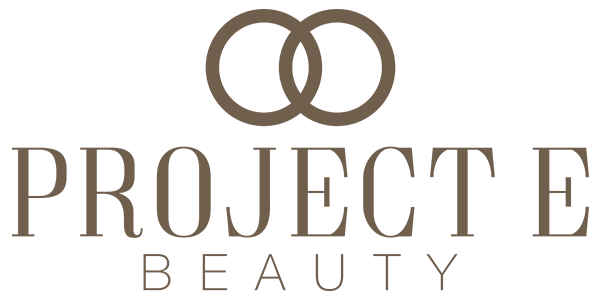



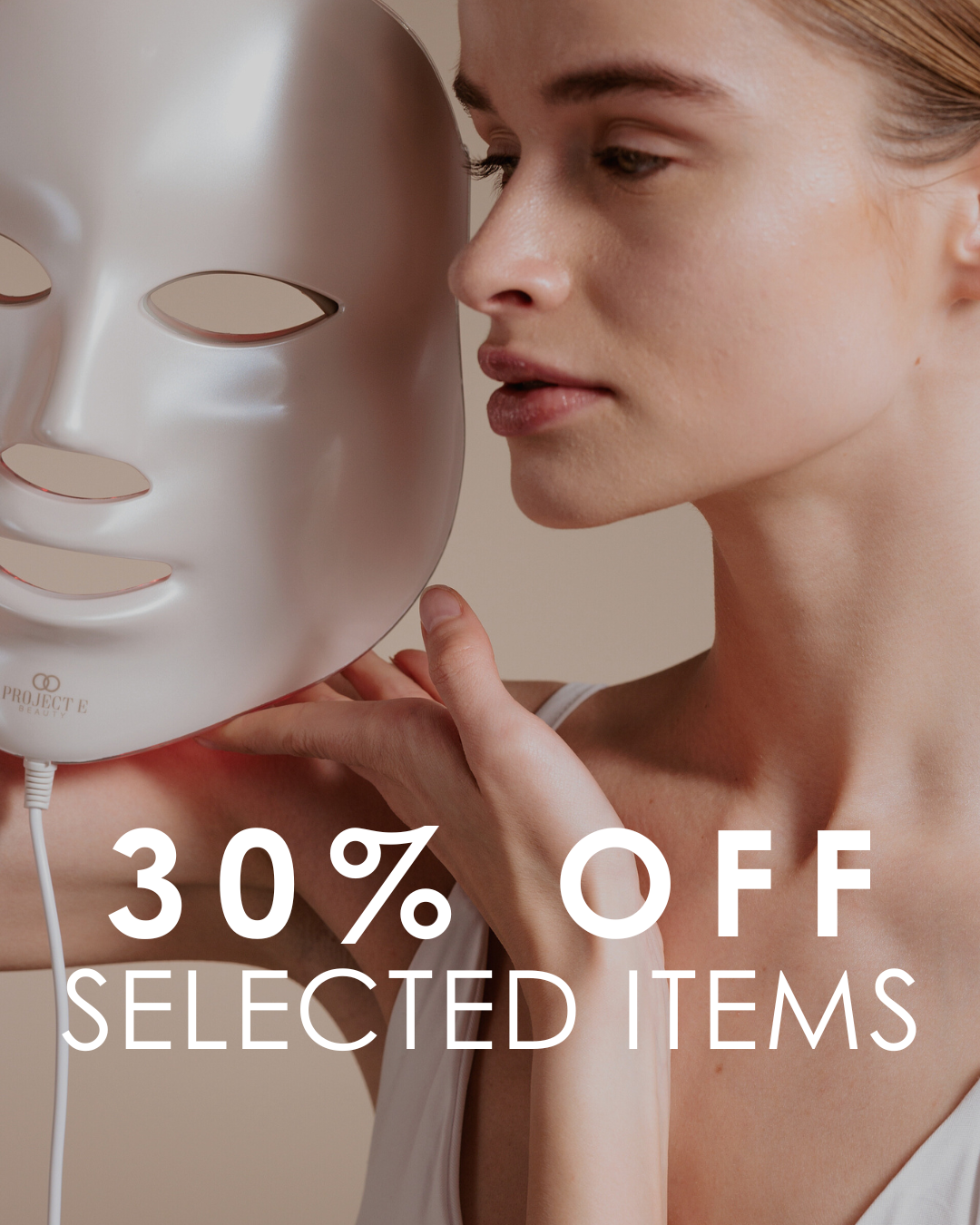

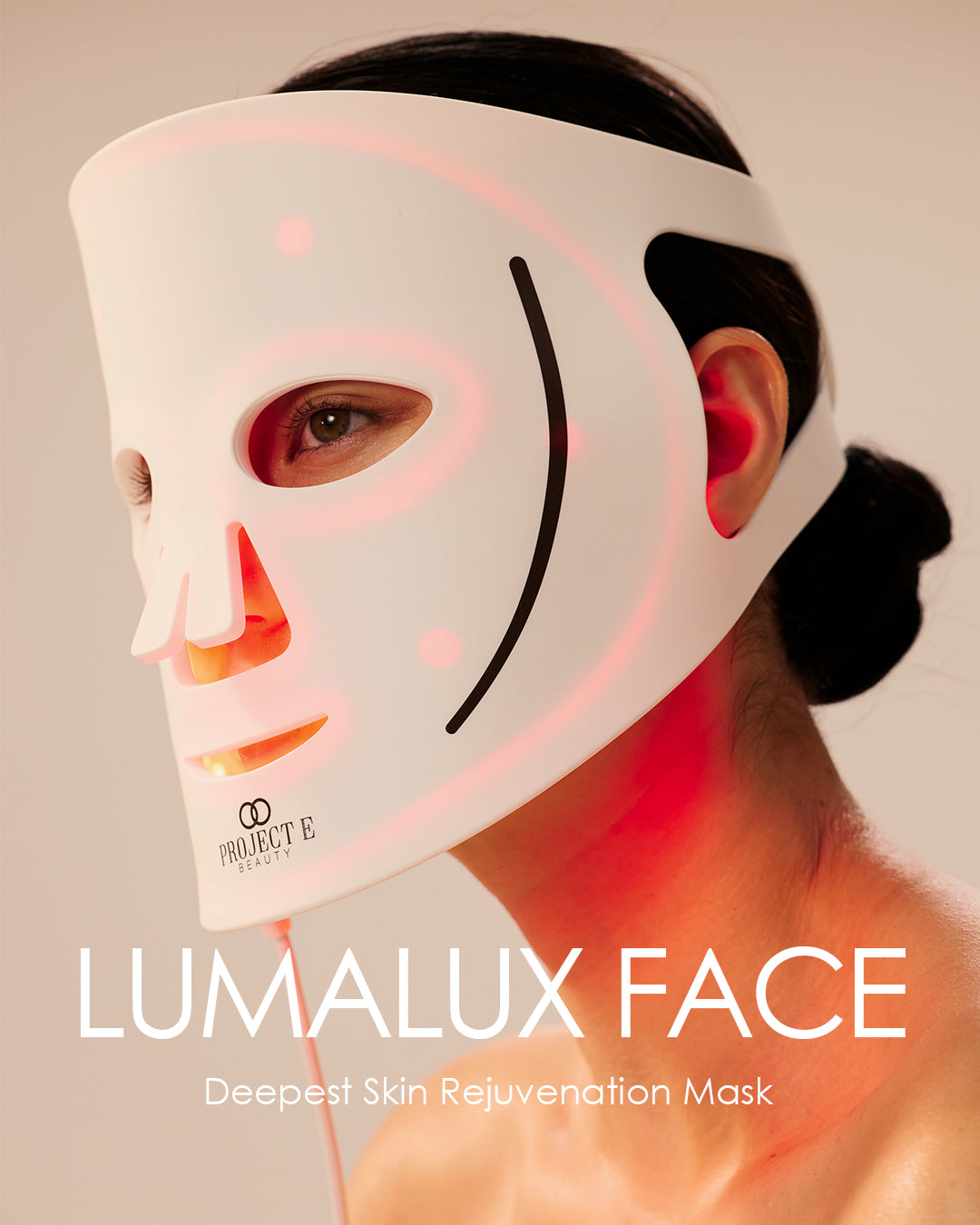
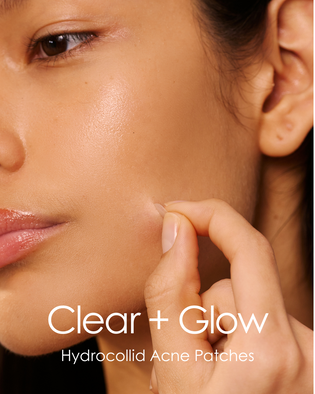
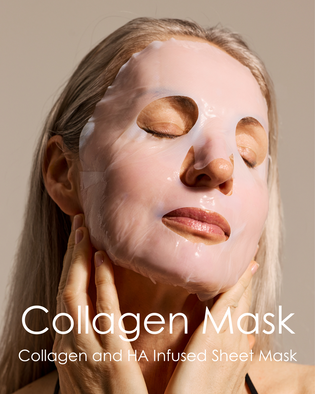



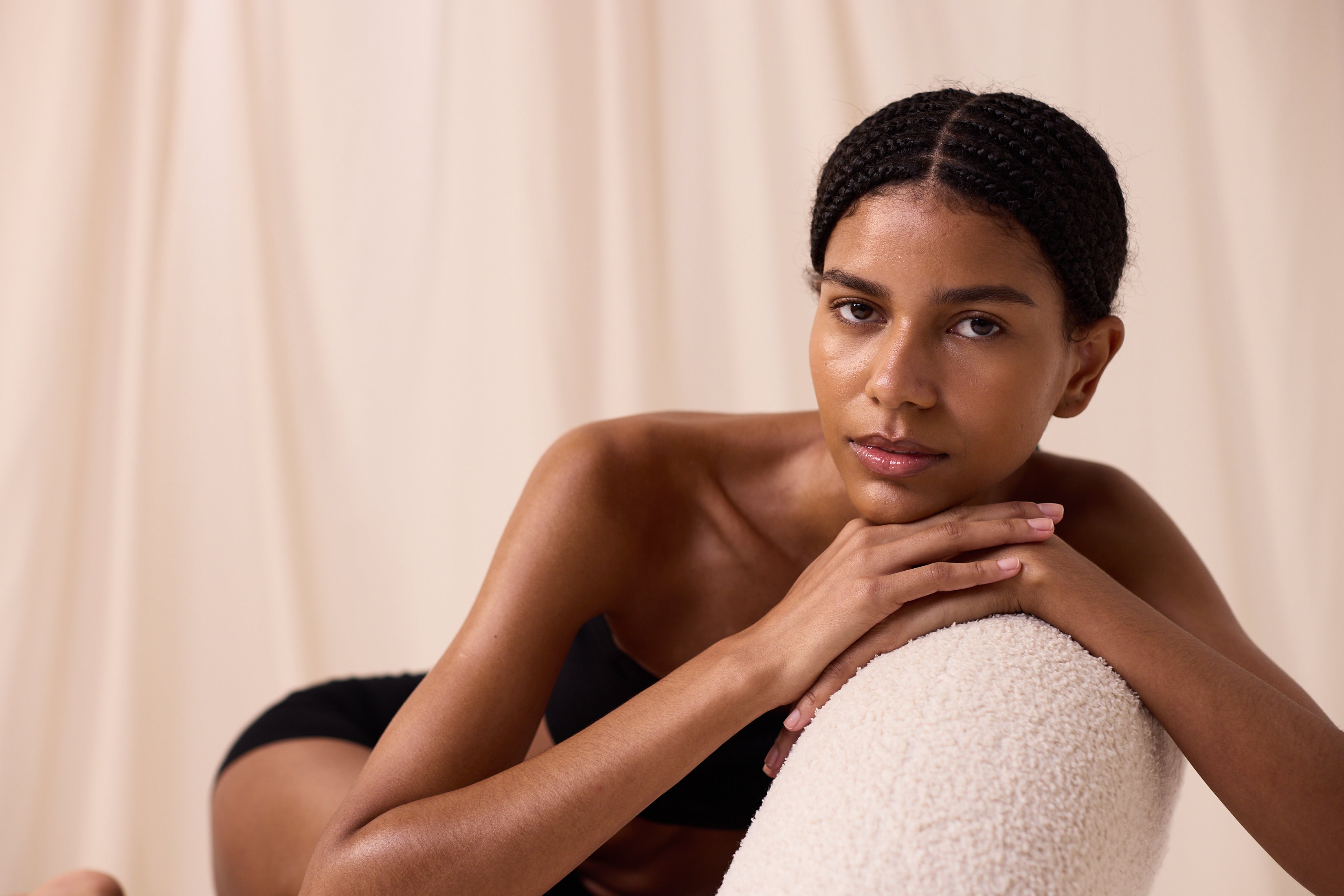
6 comments
Hoi Carine, ja, je kunt meerdere kleuren per sessie gebruiken. Lees hier meer:
https://www.projectebeauty.hk/blogs/news/can-i-use-different-led-lights-at-the-same-time
Bedankt!
Project E Beauty
Ik heb een led masker gekocht ,hoelang mag je rood licht gebruiken de sectie duurt 3minuten is dit voldoende.Kan ik op één dag verschillende seccies uitvoeren met verschillende kleuren?Mvg
Carine Vannieuwenhuyse
Hello Dorothy,
Thank you for reaching out with your question. It’s wonderful to hear that you are exploring LED light therapy to enhance your skin health!
Using different colors in your LED mask for 10 minutes each is absolutely fine and not too much. In fact, it’s a common practice to cycle through various light settings in a single session to target different skin concerns:
Red Light is excellent for stimulating collagen production, which can help reduce wrinkles and improve skin firmness.
Blue Light is known for its antibacterial properties that target acne-causing bacteria and can help in reducing pores.
Green Light often helps with pigmentation issues, brightening the skin, and reducing dark spots.
For wrinkles, pores, and general skin enhancement, alternating between these lights in your sessions will allow you to address a range of skin issues effectively.
As for when to use your mask, both morning and evening times work well. However, many find evening sessions to be more relaxing and a good way to end the day with a skincare routine. Ultimately, the best time is one that fits seamlessly into your daily schedule.
Remember, consistency is key with LED therapy, just as with any skincare treatment. Regular use over time is what will help you see the best results. If you’re just starting, it might be a good idea to monitor how your skin responds after each session and adjust if necessary.
Project E Beauty
Project E Beauty
When using my mask and I want to use three different colours, would I use each colour separately for 10 minutes each? Or is that too much. I am just starting with this. I would like treatments for wrinkles, pores and anything else that my skin needs. Thank you
Dorothy McCleary
Hello Terry,
When using an LED mask, it’s important to protect your eyes from the bright light emitted by the device. Here are some options for what to wear on your eyes:
LED Mask Goggles: Wear the goggles or eye shields that are designed to block out the light and protect your eyes.
Sleeping Mask or Eye Mask: You can use a soft sleeping mask or eye mask that covers your eyes completely. Make sure it’s thick enough to block out the light from the LED mask.
Cotton Pads: If you don’t have goggles or a sleeping mask, you can use cotton pads or cotton rounds. Place them over your closed eyes before putting on the LED mask. This makeshift solution can help block some of the light.
Keep Eyes Closed: If none of the above options are available, you can simply keep your eyes closed during the LED therapy session. However, this may not be as comfortable as using eye protection, especially for longer sessions.
Remember that eye protection is essential when using LED masks to prevent any potential discomfort or damage to your eyes from prolonged exposure to bright lights.
Please don’t hesitate to reach out if you have any further questions or need more information. Thank you!
Anonymous
Please could you let me know if i need to wear goggles with the light aura plus?
Thank you
Best wishes
Terry Lewis
Terry Lewis
Leave a comment
This site is protected by hCaptcha and the hCaptcha Privacy Policy and Terms of Service apply.